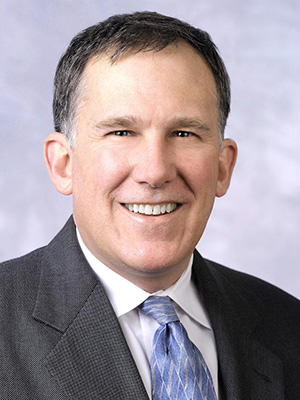
Editor’s note: Commentary from PNC chief economist Gus Faucher on this morning’s jobs report.
• So far this year, job growth has averaged 215,000 per month, well above last year’s pace of 182,000.
• Despite concerns about the impact of tariffs, manufacturing employment rose by 37,000 over the month.
• Lowest the unemployment rate has been since late 2001.
• As the labor market tightens, businesses are raising pay to attract new workers and retain their current ones.
• Unemployment rate will fall to about 3.5 percent by the beginning of next year, although job growth will slow somewhat as businesses find it more and more difficult to hire.
Job growth slowed a bit in July to 157,000, but that followed two straight months of very strong gains, and the job market is in great shape in the middle of 2018. There were big upward revisions to job growth in May and June. So far this year, job growth has averaged 215,000 per month, well above last year’s pace of 182,000.
Private-sector employment rose by 170,000 in July, with most major industries adding jobs. Despite concerns about the impact of tariffs, manufacturing employment rose by 37,000 over the month.
The unemployment rate dropped 0.1 percentage point in July to 3.9 percent; except for May, this is the lowest the unemployment rate has been since late 2001.
Average hourly earnings rose 0.3 percent in July from June, and were up 2.9 percent from one year earlier, the fastest pace since June 2009, when the Great Recession was starting to decimate the labor market. As the labor market tightens, businesses are raising pay to attract new workers and retain their current ones.
Although job growth slowed a bit in July, that was to be expected given the very strong gains in May (268,000) and June (248,000). The unemployment rate moved lower over the month, and wage growth picked up. The U.S. economy is now at full employment, where everyone who wants a job and has the skills needed in the labor force can easily find one.
The labor market will continue to improve through the rest of this year and into 2019. The unemployment rate will fall to about 3.5 percent by the beginning of next year, although job growth will slow somewhat as businesses find it more and more difficult to hire. Wage growth will accelerate further as firms raise pay to recruit workers. Stronger wage growth will bolster consumer spending into 2019.
Today’s job report reinforces PNC’s view that the Federal Open Market Committee will raise the federal funds rate by 0.25 percentage point when it next meets, in late September, to a range of 2.00 to 2.25 percent. By gradually raising interest rates the FOMC is trying to make sure that the labor market doesn’t overheat; if it did, that would lead to wage pressures that would push inflation well past the committee’s 2 percent objective.



















Add Comment